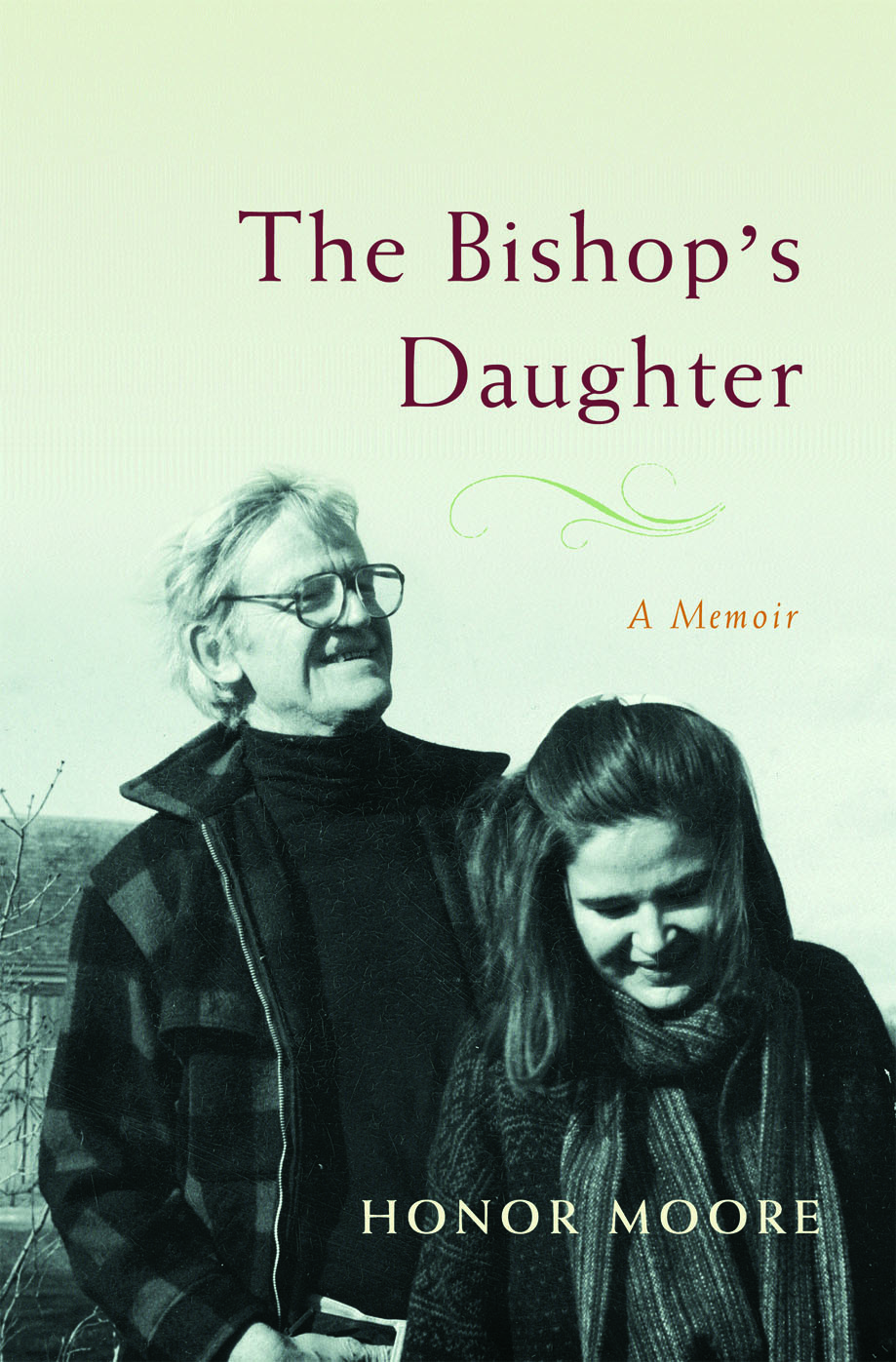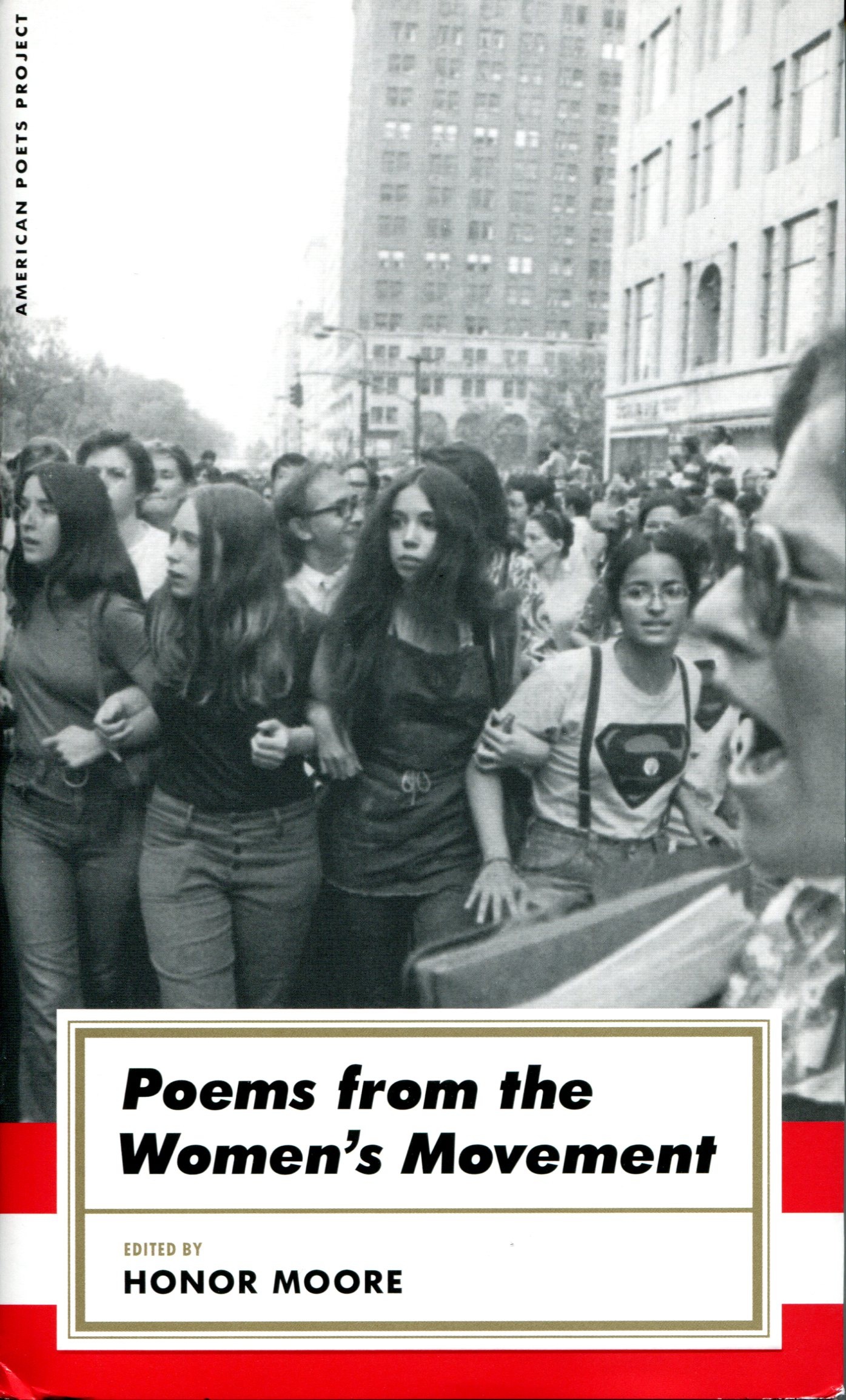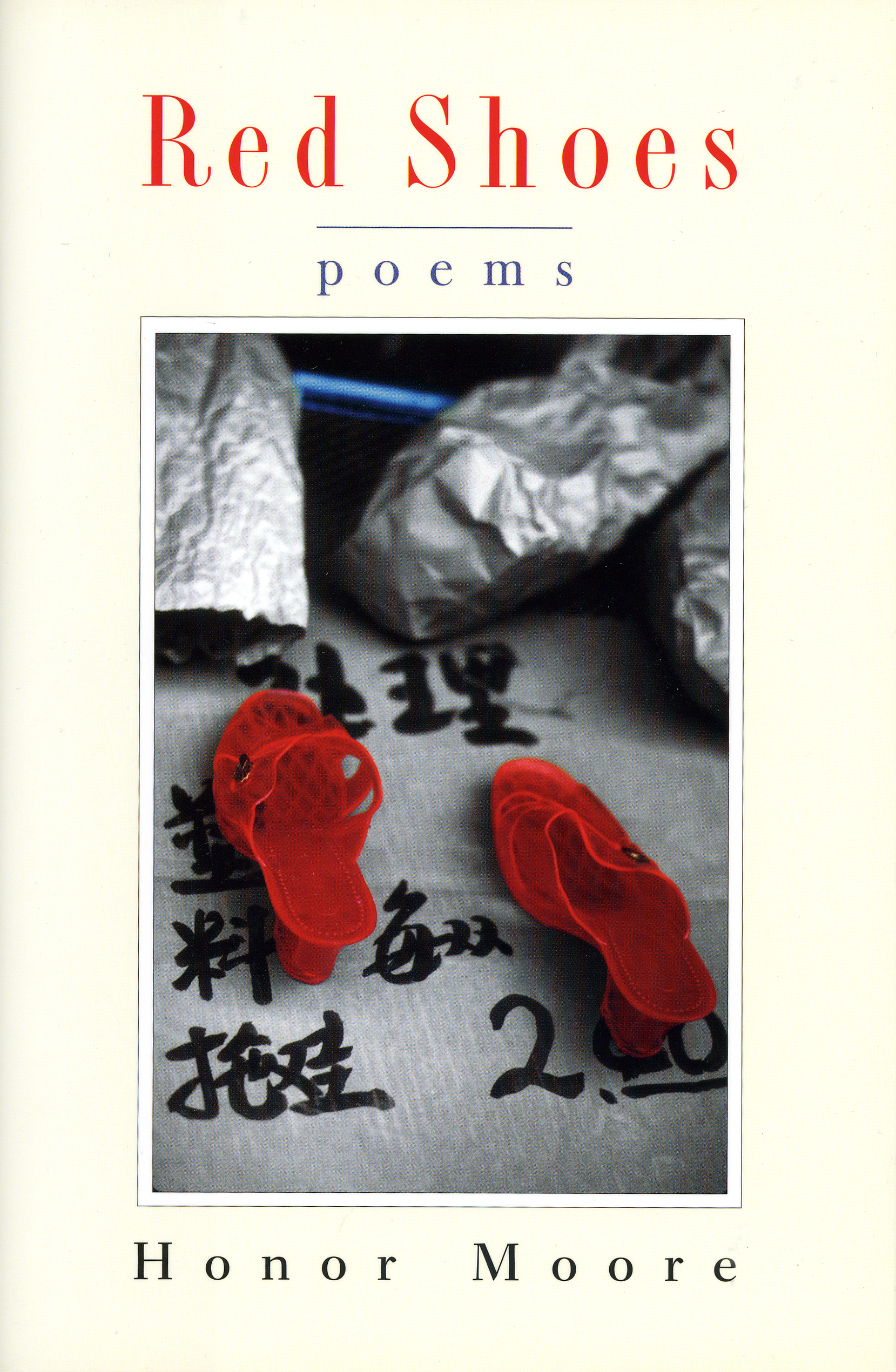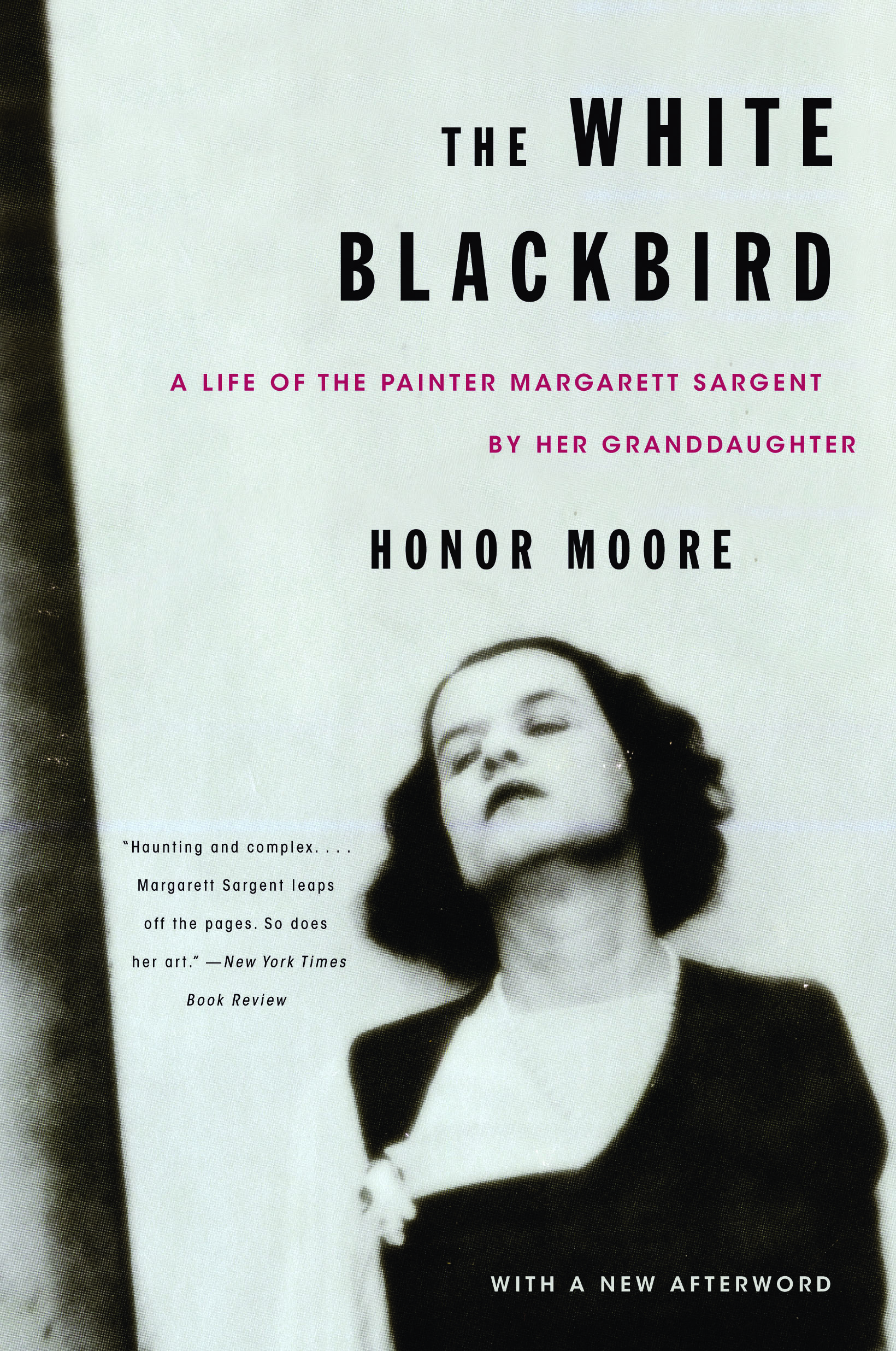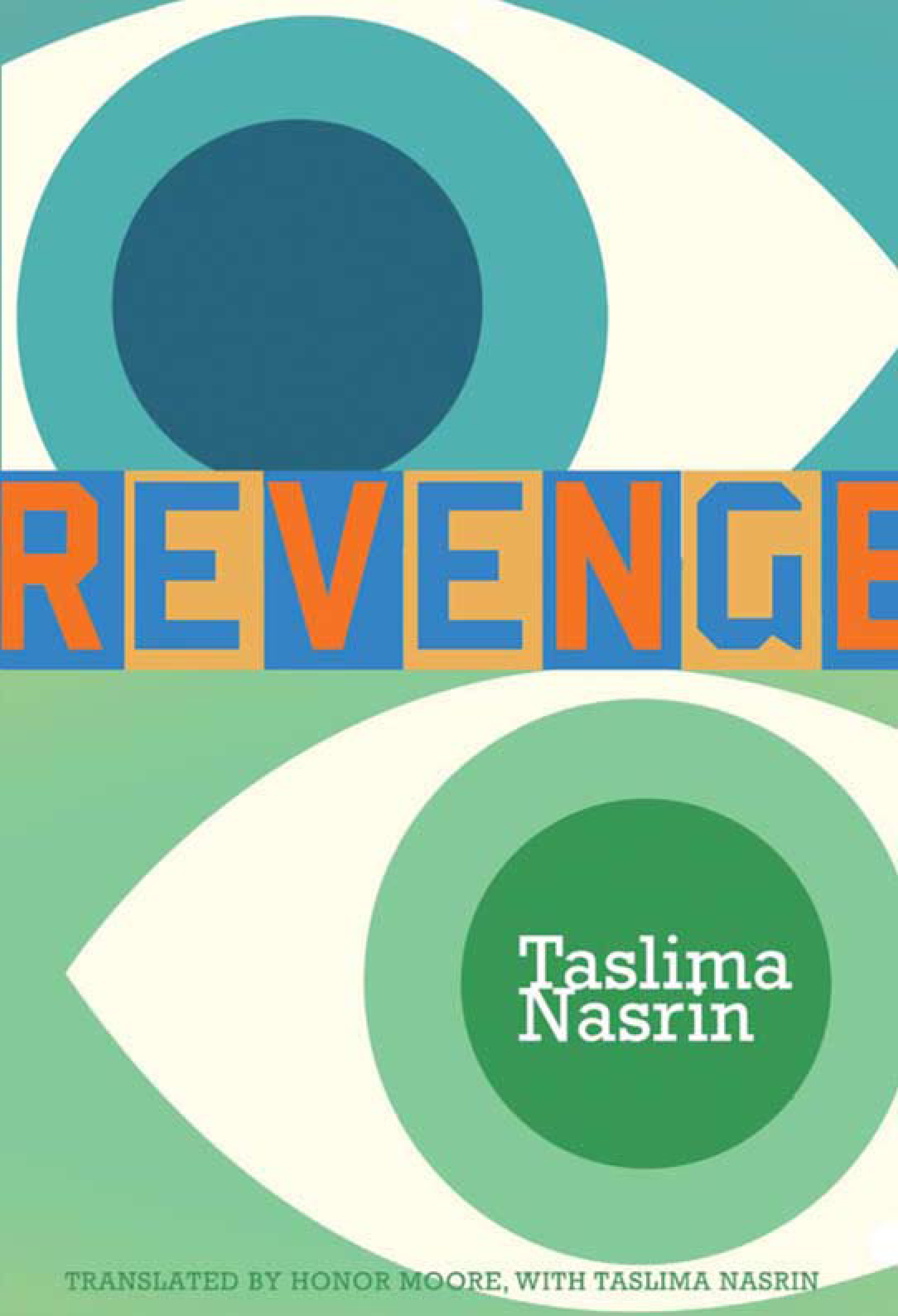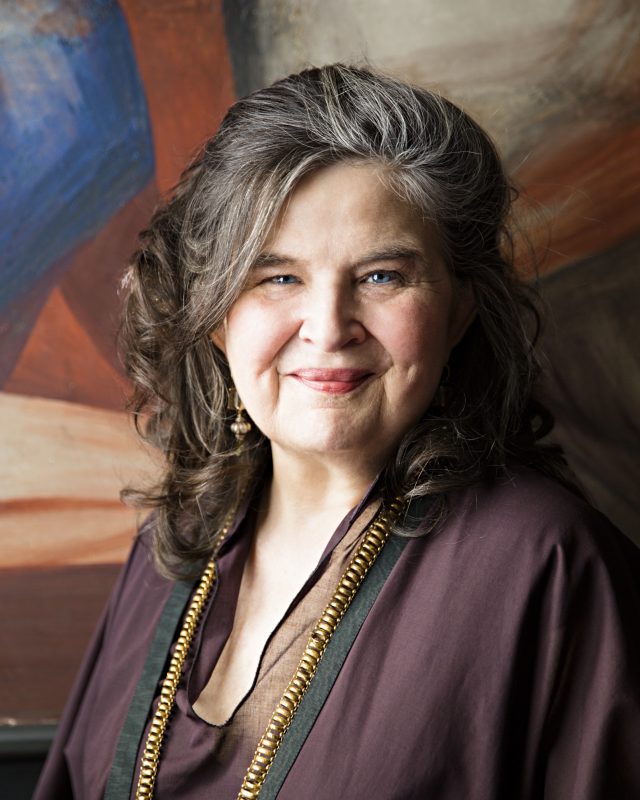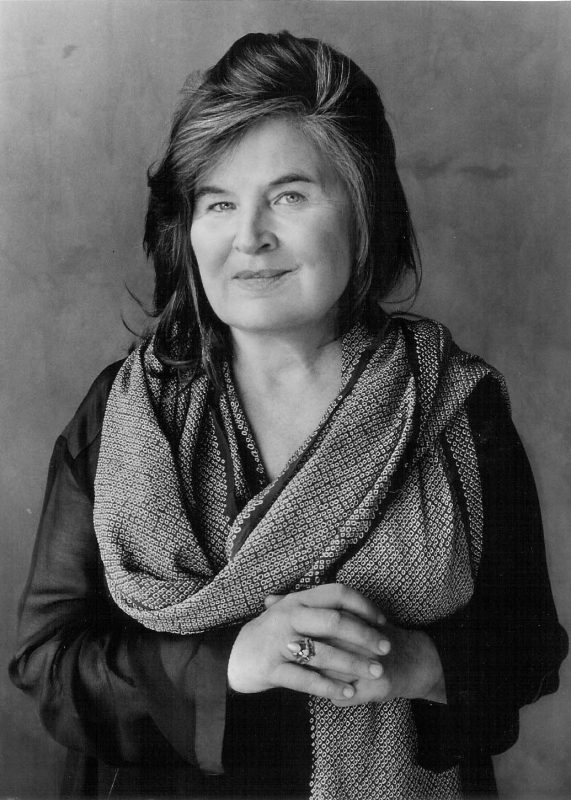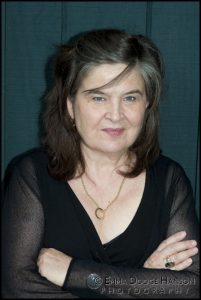
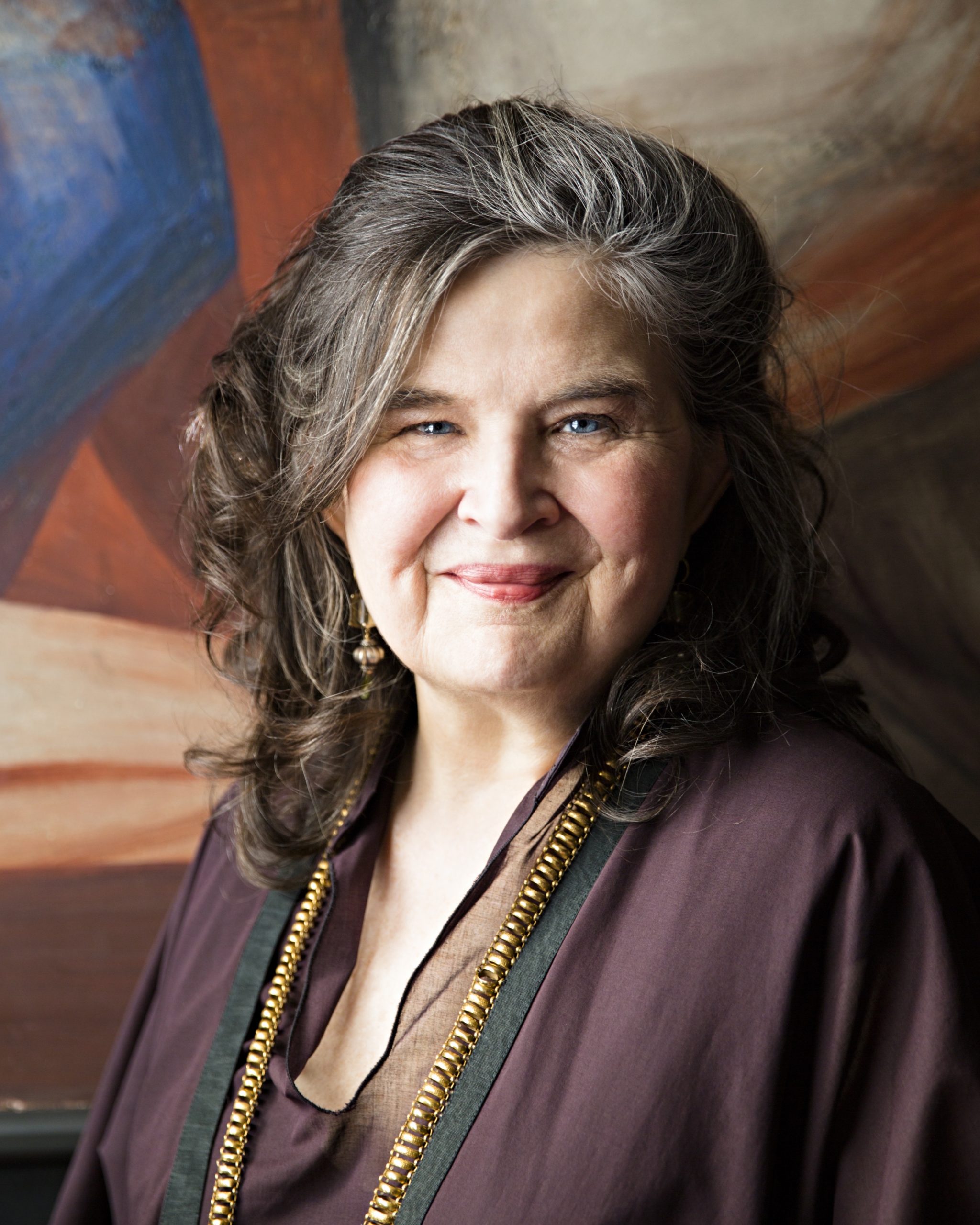
Honor Moore
Acclaimed Poet, Memoirist & Writer
Author of The Bishop's Daughter

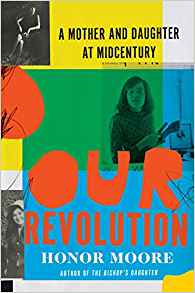
Readings &
Lecture Topics
- An Evening with Honor Moore
Biography
“The streak of white daubed inside each poem is like a secret ticket to lightness and shining. Are these poem or paintings? Hard to say because their pleasures cross all such boundaries, placing Honor Moore among the happy poets.” —Fanny Howe
“Moore’s poems are perfectly formed yet impassioned…incantations recited to transform confession and grief into liberation and warmth.” —Donna Seaman, Booklist
Honor Moore’s most recent memoir, Our Revolution: A Mother and Daughter at Midcentury (W. W. Norton, 2020), is a daughter’s memoir of her mother that evolves beautifully into a narrative of the sweeping changes in women’s lives in the twentieth century. Her acclaimed memoir, The Bishop’s Daughter, was a finalist for the National Book Critics Circle Award in 2008, an Editor’s Choice of the New York Times Book Review, and a Los Angeles Times Favorite Book of the Year. Her biography, The White Blackbird, A Life of the Painter Margarett Sargent by Her Granddaughter, published in 1996 and recently reissued, was a New York Times Notable Book.
Moore is also the author of three collections of poems: Red Shoes, Darling, and Memoir. She is the editor of, most recently, Women’s Liberation: Feminist Writings That Inspired a Revolution & Still Can, as well as Poems From the Women’s Movement, which was an Oprah Summer Reading pick in 2009, and Amy Lowell: Selected Poems; co-editor of The Stray Dog Cabaret, A Book of Russian Poems translated by Paul Schmidt; and translator of Revenge by Taslima Nasrin released in 2010. Her play Mourning Pictures, was produced on Broadway and published in The New Women’s Theatre: Ten Plays by Contemporary American Women, which she edited. From 2005 to 2007, Moore was an off-Broadway theatre critic for The New York Times.
Honor Moore has received awards in all the genres in which she writes, a Guggenheim Fellowship in 2004 in Nonfiction for The Bishop’s Daughter, awards from the NEA and Connecticut Commission on The Arts in Poetry, and from The New York State Council on the Arts in Playwriting for Mourning Pictures. Poems and prose have appeared in The American Scholar, Salmagundi, Conjunctions, The New Republic, The New Yorker, Open City, the Paris Review, Grove, and other journals and anthologies. She teaches in the graduate writing program at the New School and was Bedell Visiting Distinguished Writer in Creative Nonfiction at the University of Iowa in 2010. She has taught nonfiction in the graduate program at Columbia University School of the Arts and has been Poet-in-Residence at Wesleyan University. She lives in New York City.
Short Bio
Honor Moore is the author of two memoirs Our Revolution, and The Bishop’s Daughter, a finalist for the National Book Critics Circle Award and a Los Angeles Times Favorite Book of the Year. She is also the author of the poetry collections Red Shoes; other poetry titles are Darling and Memoir. Her work has appeared in The New Yorker, The Paris Review, The American Scholar, Salmagundi, The New Republic, Freeman’s and many other journals and anthologies. For the Library of America, she edited Amy Lowell: Selected Poems and Poems from the Women’s Movement, an Oprah summer readings pick which is featured in the documentary about American feminism, “She’s Beautiful When She’s Angry.” When she was still in her twenties, Mourning Pictures, her play in poetry about her mother’s death, was produced on Broadway and won her a fellowship from the New York State Council on the Arts. The White Blackbird, A Life of the Painter Margarett Sargent by Her Granddaughter, published in 1996 and reissued in 2009, was a New York Times Notable Book. Moore currently lives and writes in New York where she is on the graduate writing faculty of the New School.
Visit Author WebsiteVideos
Publications
OUR REVOLUTION
(Memoir, 2020)
A daughter’s memoir of her mother evolves beautifully into a narrative of the sweeping changes in women’s lives in the twentieth century. Our Revolution, vivid and rich, reads like a nineteenth-century novel as we follow the love story of a woman and her family through the twentieth-century civil rights, antiwar, and feminist movements. Born into Boston society in 1923, Jenny Moore rebelled by going to college and later emerged as a writer. At twenty-one, she married Paul Moore, a decorated war hero who became Bishop Paul Moore, and joined him in a socially radical ministry. Eventually, they had nine children. “Everything was just starting,” Jenny protested―meaning a new independent life inspired by the women’s rights movement―when she was diagnosed with cancer at fifty. Jenny bequeathed her eldest daughter her unfinished writing, and there Honor Moore finds the mother whose loss had long haunted her. Our Revolution is a gripping account of two women navigating the twentieth century and a daughter’s story of the mother who shaped her life as an artist and a woman.
THE BISHOP’S DAUGHTER
(Memoir, 2008)
“The Bishop’s Daughter is an unsparing portrait of a glamorous but elusive father and his daughter’s search for the truth about his secret life and conflicted loyalties. What makes Honor Moore’s memoir so arresting is the effect of the author’s cool and penetrating gaze on her beloved subject. Before the life and book end, the god-like hero of New York’s crisis years has climbed down from his pulpit to reveal the hidden tenderness, joys and fears of his all-too-human heart.” —Sylvia Nasar, author of A Beautiful Mind
Paul Moore’s vocation as an Episcopal priest took him—with his wife Jenny and a family that grew to nine children—from robber-baron wealth to work among the urban poor of postwar America, prominence as an activist bishop in Washington during the Johnson years, leadership in the civil rights and peace movements, and two decades as the bishop of New York. The Bishop’s Daughter is a daughter’s story of that complex, visionary man: a chronicle of her turbulent relationship with a father who struggled privately with his sexuality while she openly explored hers, and a searching account of the consequences of sexual secrets. With a depth of questioning that recalls James Carroll’s An American Requiem, this memoir engages the reader in the great issues of American life: war, race, family, sexuality, and faith.
POEMS FROM THE WOMEN’S MOVEMENT
(Anthology, 2009)
“What would happen if one woman told the truth about her life? / The world would split open.” These lines by Muriel Rukeyser epitomize the spirit that animated a whole generation of women poets, from the 1960s to the 1980s, who, in exploring the unspoken truths of their lives, sparked a literary revolution. Honor Moore’s anthology presents fifty-eight poets whose work defines an era, among them Sylvia Plath, Adrienne Rich, Anne Sexton, Sonia Sanchez, May Swenson, Alice Walker, Audre Lorde, Ann Waldman, Sharon Olds, Diane Di Prima, Lucille Clifton, Judy Grahn, Alice Notley, and Eileen Myles. Here is a fresh and revelatory look at a crucial time in American poetry that presents the full range of its themes and approaches and a generous sampling of its most compelling voices.
RED SHOES
(Poetry, 2006)
“Grief and desire flow together here, becoming a single mesmerizing red-blue flame.” —Carol Muske-Dukes
Moore’s third poetry collection begins with a tango and never loses the keyed-up, elegant, ritualized eroticism of the push and pull of that dangerous courtship dance. The abrupt turns, the dagger stares, the barely sustained restraint, all this is found in Moore’s sexy, telegraphic, edgy, and rapt poetry. Gloves, suits, silks, shoes—all are talismans of desire, tantalizing and thwarting. Reveries, memories, and dreams pitch from the vividly concrete to the uninhibitedly surreal as the poet dreams of her deceased parents, remembers a family home, gazes out windows at sunsets and rain, and considers the touch of fugitive lovers. Recurrent images appear like birds landing on ledges or suddenly remembered songs, as the poet’s musings shift from the erotic to the spiritual in “Gnostic,” the aesthetic in an homage to Wallace Stevens, and the elegiac in a graceful cycle of poems portraying photographer and friend Inge Morath. Exquisitely visual, cuttingly witty, Moore’s poems are at once cool and searing. —Donna Seaman, Booklist
Articles & Audio
Read What’s In Print
• Our Revolution Review – New York Times
• An Excerpt from The Bishop’s Daughter — The New Yorker
• Review of The Bishop’s Daughter — Newsweek
• Honor Moore in Conversation with Victoria Redel — BOMB Magazine
Listen to Audio
Selected Writings
• Read “Premonition” by Honor Moore – LitHub
SUNBLIND AT HUAYAPAM
Through blue glass, a table painted blue, roses vermilion,
Amber tumblers, candlesticks, a mirror darkening until all
Grays in oncoming light. Goats bleat, radioblare, a gunshot.
Past the celosa, a tree where yellow birds feed, heat and wind
From the mountains. Close your eyes, and retinas scald
The window crimson, mullions bright of orangeskin
Lit from within. Siren, airplane, air enlivened by dogs barking,
Then a tremor from the interior as if the tree meant to fall
Or this dark could ever be complete. In the cathedral, saints
Arc downward through gilded vaulting, mouths agape, supplicate
Arms outstretched as if to thwart a tumble into mortality, then
We are outside, actual sky blue, nothing to foreclose any act
Of reaching. Or it’s night, the only sound breath, until the dogs start,
Each overcoming another, as if the message might get through.
THE BISHOP’S DAUGHTER (memoir excerpt)
It is Easter, and in the darkness of the Cathedral of St. John the Divine the singing soars in descent, the gothic ceiling multiplying the clamor. And now, as if a great storm has ceased, there is no music, and in the great silence held by five thousand worshipers, there come three resounding knocks. And as we wait, the massive doors swing open, an ethereal shaft of sunlight floods the dark, the roar of the city breaks the gigantic quiet, and there at the far end of the aisle, in a blaze of morning light, stands the tall figure of a man. My flesh-and-blood father, the bishop.
• • • • • • • • • •
As I wrote in a journal each night, I could conjure him, almost, it seemed, bring back the years of our life together, images and dreams unfolding as I remembered. One day, about two weeks after he died, I started this book. “My father always wanted me to write about him,” I wrote, and suddenly he came into view, enormously tall in silhouette on Easter morning in the cathedral doorway. I had turned away from my father, but he had never turned entirely away from me, and now, as the past opened, I was turning back to him.

